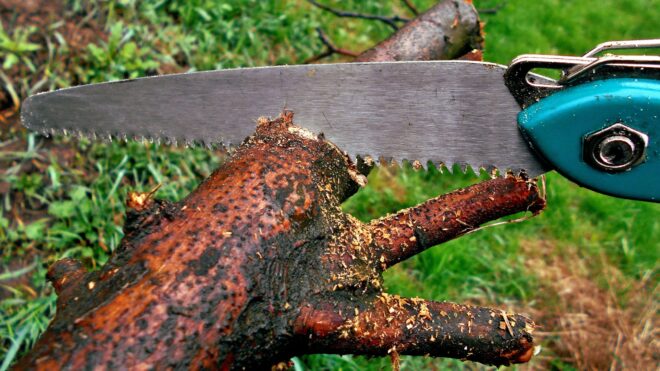It’s estimated that the US is home to 865 tree species. No matter what type of trees are in your yard, it’s crucial to prune them. Falling tree limbs are a danger to you, your family, and your home.
In fact, falling tree limbs can cause significant damage to your neighbor’s home and yard, which is why you need to maintain them before they turn into a hazard. They can even fall on power lines, leading to dangerous electrical outages.
The best way to protect your home and the surrounding area is with professional tree services. But what tree limbs require removal? This helpful guide explains when it’s time to remove limbs from dangerous trees, especially those affected by wind damage.
Keep reading to learn about the best time to remove tree branches.
Young Trees
You won’t have to routinely prune and remove branches from young trees until they’re at least a year old. However, if you notice dead branches or broken ones, always remove them.
You should also leave any temporary low branches. These branches protect the tree’s immature trunk. As the tree grows, however, you can remove them.
Deciduous Trees
Deciduous trees shed leaves all year long. It’s best to remove dead limbs from these trees in the late fall or early winter since they’re in their dormant period at this time.
Examples of deciduous trees include maples, birches, oaks, locusts, crabapples, cherries, dogwoods, and magnolias.
If you trim these tree limbs during the late fall or early winter, you’ll have an easier time seeing the branches’ framework. You’ll also have an easier time as insects and diseases should be gone from the trees.
Additionally, removing branches later in the winter avoids sap “bleeding” from the trees.
New Trees
On average, new trees only require corrective pruning. You’d want to remove double leaders, which is when two branches compete for the lead branch position. You also want to remove crossing branches, broken branches, and dead branches.
After a few years, you can remove lower limbs, the same as you would with young trees. However, these branches will remain in place for the first 5 to 10 years of a tree’s life cycle.
Fruit Trees
Fruit trees are similar to other tree species in that they benefit from late winter to early spring pruning and tree limb removal. You can print fruit trees in the mid to late summer, but run the risk of weakening them.
Fruit trees thrive with plenty of access to sunlight, which is why they benefit from an open canopy as opposed to a cluster of branches. Late winter is the best time to prune fruit trees since it takes roughly two weeks for trees to become hardy enough to withstand winter.
Flowering Trees
The time you prune and remove branches from a flowering tree depends on the time of year your tree blooms. The rule of thumb is as follows: trees that bloom in the spring should bloom right after they produce flowers. Trees that bloom in the summer or fall should be planted in the early spring or late winter, right before they end their seasonal dormancy.
Crabapple, dogwood, flowering cherries, and saucer magnolias benefit from pruning in the late spring/early summer. American holly, smoke trees, and crape myrtles benefit from pruning in the late winter and early spring.
Worst Time to Remove Tree Limbs
On average, the worst time to remove tree branches is early fall or late summer. However, if you see a tree branch poses an immediate threat, always call professionals to remove it.
But if you’re simply pruning your trees for aesthetics, avoid late summer and the beginning of fall, as this is when trees prepare for their dormancy period. Removing tree branches often promotes new growth, which stops trees from entering into dormancy.
When you prune in the early fall, the new growth will be killed off by the first frost of the season. As trees enter dormancy, they reserve energy.
However, pruning stimulates the trees when they should be conserving energy instead of using it for new growth. The tree will have less energy to protect itself from a heavy frost.
Best Time to Remove Tree Limbs
It’s best to prune your trees and remove dead branches right after winter dormancy, timed with a tree’s first growth surge. This time of year is when a tree’s vascular system is prepped and ready for another year of growth, with plenty of energy to repair wounds from pruning.
You should also be mindful of disease when pruning trees. Some trees are susceptible to insect-borne pathogens.
These diseases enter through open tree tissue, and the tree becomes vulnerable to severe disease. This disease may even travel to other healthy trees via a long, intricate system of roots. Instead, prune and remove dead branches from oak and elm trees in late fall or early spring, a time when pests that carry these diseases pose little threat.
Remove Dangerous Tree Limbs Today
Now that you understand the best time to remove tree limbs, you can create a schedule and prune your trees accordingly. Always assess the types of trees on your property before removing limbs, as this avoids putting undue strain on the tree before they enter seasonal dormancy.
P’n’D Logging and Tree Service offers professional branch removal, along with stump grinding. We also offer emergency tree removal. Contact us today for all your tree care needs.

